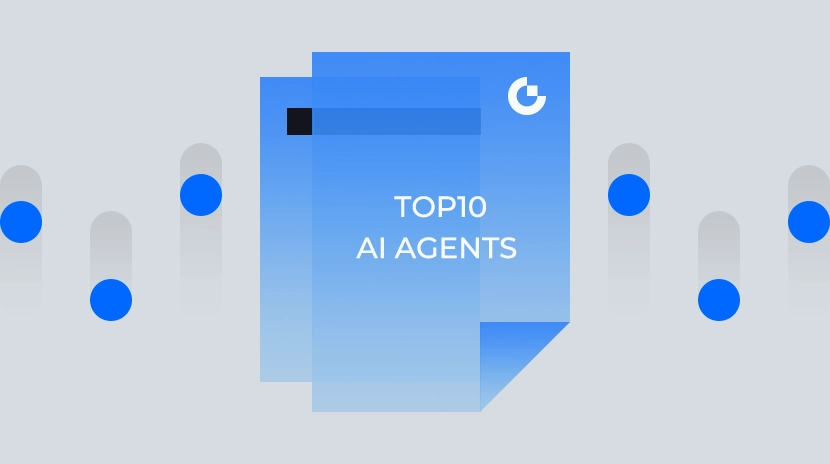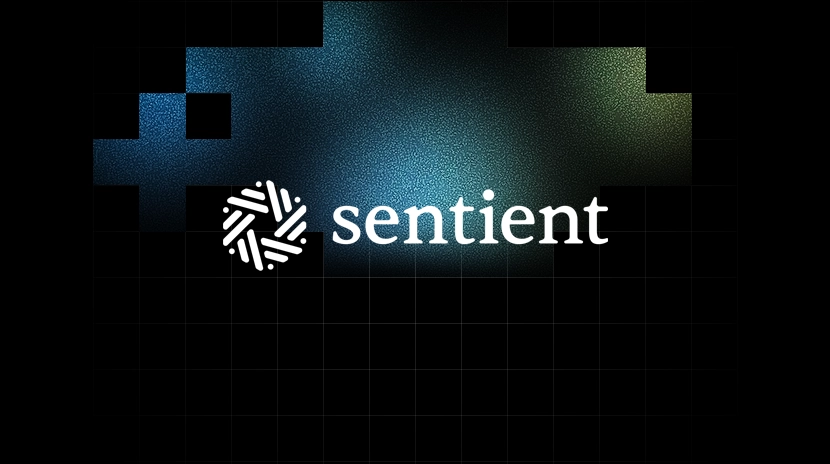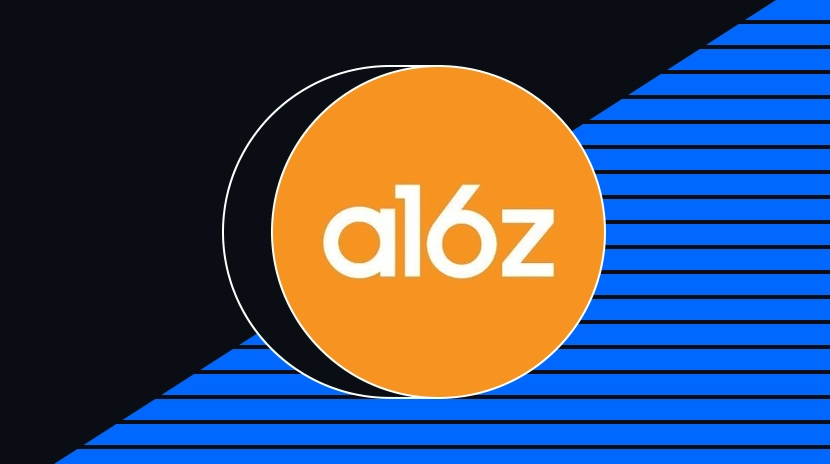解读 Eliza 技术白皮书:一个 Web3 友好的 AI 代理操作系统

千呼万唤始出来,Eliza 于今日终于发布了它们的技术白皮书。
虽然我们常听到许多 AI Agent 基于 Eliza 开源框架制作,但 Eliza 如何定义自己,在技术上一直都缺乏一个详细且严肃的说明。
这份白皮书是一份很好的回答,对 Eliza 如何让 AI 与 Web3 的深度融合、模块化的系统架构设计以及其作为开源框架的技术实现细节进行了描述。
白皮书由 Shaw 、多名 Eliza Labs 成员和其他相关组织的技术人员一同撰写,但由于白皮书涉及大量技术细节和专业概念,对普通读者可能不太友好。
深潮 TechFlow 对其进行了简化和提炼,以求以通俗的语言,带大家快速搞懂这份白皮书的内容。

1.为什么要做 Eliza ?
注意,小编认为思考的前提是划定范围 —- 即在加密或 Web3 领域,为什么要做 Eliza,而不是将该框架与更大范围的类似 AI 框架做对比。
顺着这个思路,在技术白皮书的简介和背景部分,实际上对这个问题做了很好的回答:
在 AI 与 Web3 的交叉领域,一直存在着一个明显的空白:缺乏一个能够完美整合 Web3 应用的代理框架。

具体来说,白皮书认为 Web3 领域面临着三个主要的挑战:
- 去中心化交易的复杂性 随着以太坊、Solana、BASE 等公链的蓬勃发展,在不同链上管理资产和执行交易变得越来越具有挑战性。虽然市面上已有一些交易平台,但对于有定制需求的中高级用户来说,这些平台的基础功能往往不够用。
- 链上数据的价值挖掘 区块链上蕴含着海量的有价值信息,从基础的持币地址变化、代币价格、市值等指标,到更深层的鲸鱼账户占比、做市商风格等高级指标。如何有效地将这些复杂的数据转化为有价值的洞察,是一个亟待解决的问题
- 社交媒体信息的碎片化 对 Web3 行业来说,Twitter、Discord、Farcaster 等社交平台是获取信息的重要渠道。但随着意见领袖(KOL)数量的增加,信息变得越发碎片化,如何在信息洪流中获取有价值的洞察,成为每个交易者的普遍挑战。
正是基于这些现实需求,Eliza 应运而生。作为首个开源的 Web3 友好型 AI 代理操作系统,Eliza 采用模块化设计,让开发者和用户能够根据自己的需求定制解决方案。
Eliza 尝试降低普通用户使用高级 AI 功能的门槛,无需深厚的编程经验就能构建自己的 AI 代理。
同时,白皮书也将自己和其他的几个常见的AI 框架做了对比,下表可以很直观的看出,在Web3 支持度上,Eliza宣称自己的是最适配的,而这也是整个白皮书所要传达出来的关键点。

2.Eliza 的设计理念和技术创新
三大设计原则:简单但不简单
Eliza 的成功不是偶然的。在设计之初,团队就确立了三个核心原则:
- Web3 开发者优先 考虑到 Web3 主要使用 JavaScript/TypeScript 进行开发,Eliza 选择了 TypeScript 作为开发语言。这不仅让开发者能够使用熟悉的工具,更让他们能轻松地将区块链功能整合到现有的网页应用中。简单来说,就是让 Web3 开发者能够”拿来即用。
- 模块化插件设计 Eliza 将系统分解为核心运行时和四个关键组件:
- Adapter(数据适配器)
- Character(代理个性)
- Client(消息交互)
- Plugin(通用功能)
这种设计让开发者可以自由添加自己的插件、客户端、角色和适配器,而无需关心核心运行时的细节。这也使得 Eliza 能够支持最广泛的模型提供商(如 OpenAI、Llama、Qwen 等)、平台集成(Twitter、Discord、Telegram 等)和链兼容性(Solana、Ethereum、Ton 等。
- 宁简单勿复杂:
在有限的工程资源下,保持简单的内部实现可以节省时间用于开发新功能,适应新场景,并跟上 AI 和 Web3 领域的快速发展步伐。
技术创新:内外兼修
在具体实现上,Eliza 的创新分为内部增强和外部扩展两个维度
- 内部增强 为了提升 AI 模型的思维能力,Eliza 整合了多项前沿技术:
- Chain-of-Thoughts(思维链):
- 技术定义:引入步骤式解释
- 通俗理解:就像解数学题要写过程一样,AI 也会把思考过程一步步写出来,而不是直接给出答案。这样不仅结果更准确,人类也能理解 AI 是如何得出结论的
- Tree-of-Thoughts(思维树):
- 技术定义:允许分支探索多个解决方案
- 通俗理解:像下棋时要考虑多种可能的走法一样,AI 会同时探索多个解决方案,然后选择最优的那个。这就像在思维的树上,选择最好的那条分支
- Graph-of-Thoughts(思维图):
- 技术定义:连接推理路径
- 通俗理解:把问题看作一张网,各个想法之间互相连接。就像我们解决复杂问题时,会把各种相关的想法联系起来,形成思维导图
- Layer-of-Thoughts(思维层):
- 技术定义:分层推理 AI
- 通俗理解:像过滤器一样,把思考过程分成不同的层次。就像我们解决问题时,先考虑大方向,再细化到具体细节,层层递进
- 外部扩展 为了增强实际问题解决能力,Eliza 集成了多种外部能力:
- RAG(检索增强生成):
- 技术定义:通过检索来增强生成能力
- 通俗理解:就像学生做作业时可以查阅教科书一样,AI 在回答问题时也可以查阅它的”资料库”,确保答案更准确
- 向量数据库:
- 技术定义:存储和检索结构化数据
- 通俗理解:相当于 AI 的”图书馆”,可以快速找到相似的内容。比如你说”我想找一首关于月亮的诗”,它能快速找到所有相关的诗歌
- 网络搜索:
- 技术定义:实时获取互联网信息
- 通俗理解:让 AI 像人类一样能够上网搜索最新信息,不被限制在固定的知识范围内
- 文本转图像/视频/3D 模型:
- 技术定义:将文字描述转换为多媒体内容
- 通俗理解:就像画家能根据文字描述画出画作一样,AI 可以根据你的描述生成图片、视频,甚至 3D 模型
与其他 Web3 领域的框架的对比
在当前的 Web3 AI 代理框架中,Eliza 展现出明显的优势。根据来自 50 多位 AI 研究人员和高级区块链开发者的反馈,Eliza 在以下关键指标上都优于其他框架
- 模型提供者的支持度
- 链兼容性情况
- 功能完整性情况
- 社交媒体集成情况

3.Eliza OS:一个精心打造的 Web3 AI 生态系统
在了解了 Eliza 的设计理念后,让我们来看看这个框架究竟是如何运作的。可以把 Eliza 想象成一个精心设计的乐高积木系统,每个部分都能完美配合,又保持着极强的灵活性。
核心组件:五个关键角色
在 Eliza 的世界里,五个核心组件相互配合,构成了一个完整的智能系统。
- Agents(代理):系统的主角
它们就像一个个独立的”数字助手”,负责处理各种自主交互。每个代理都拥有自己的”记忆”和”性格”,能通过 Discord、Twitter 等不同渠道与用户进行连贯的对话和互动。
- Character Files(角色配置):代理的”人设”
要让这些代理富有个性,就需要 Character Files(角色配置)的支持。这相当于代理的”个人简历”,不仅定义了其身份和个性特征,还规定了它能使用哪些模型(如 OpenAI、Anthropic),以及可以执行哪些操作(如区块链交易、NFT 铸造)。通过精心设计的角色配置,每个代理都能展现出独特的专业特长和行为方式。
- Providers(提供者):代理的”感知系统”
在与外界互动时,代理需要 Providers(提供者)作为其”感知系统”。就像人类需要感官来感知世界一样,提供者为代理提供市场数据、钱包详情、情绪分析等实时信息,帮助它们更好地理解当前环境和上下文。
- Actions(行动):代理的”技能库”
当需要采取具体行动时,Actions(行动)就成为代理的”技能库”。从简单的买卖订单到复杂的 NFT 生成,每个操作都经过严格的安全验证,确保在处理金融相关任务时万无一失。这些技能让代理能够真正地在 Web3 世界中发挥作用。
- Evaluators(评估器):代理的”决策系统”
最后,Evaluators(评估器)则担任代理的”决策系统”,负责评估对话内容,提取重要信息,并帮助代理建立长期记忆。它不仅追踪目标完成进度,还确保整个对话过程的连贯性。
智能交互:不只是简单的对话
在交互方面,Eliza 采用了多层次的理解系统,就像一个经验丰富的翻译官,不仅要理解字面意思,还要理解说话的背景和意图。这个系统能够准确理解用户的真实需求,在不同的通讯平台保持一致的体验,并根据上下文灵活调整回应方式。

插件系统:无限扩展的可能
Eliza 的插件系统本质上是个工具箱,为整个框架带来了强大的扩展性,这种扩展体现在多媒体生成、Web3 集成和基础设施三个方向上:
- 在多媒体生成方面,它能够生成图片、视频、3D 模型,支持 NFT 系列的自动生成,还提供图片描述和分析能力。
- 在 Web3 集成方面,它支持以太坊、Solana 等多链操作,提供完整的交易功能套件,并集成各类 DeFi 操作。
- 在基础设施方面,它提供了浏览器服务、文档处理、语音转文字等基础能力。
通过这种模块化的设计,Eliza 不仅保持了系统的稳定性,还为开发者提供了近乎无限的扩展可能。这也使得 Eliza 能够适应 Web3 世界中不断涌现的新需求和新场景。
4.Eliza 的实力几何?从数据看真相
当一个新技术框架出现时,大家最关心的往往是它的实际表现。 Eliza 在这方面给出了一个坦诚的答案。
在 GAIA 基准测试(这是一个专门评估 AI 代理解决现实问题能力的测试平台)中,Eliza 展现出了不俗的实力。这个测试不是在考察简单的问答能力,而是要求 AI 代理具备逻辑推理、多模态处理、网页浏览和工具使用等多项技能。
虽然在测试中,Eliza 的得分(19.42%)与当前最顶尖的方案还有一定差距,但考虑到它是一个专注于 Web3 领域的框架,这个成绩已经相当亮眼。特别是在基础任务的处理上(Level 1),Eliza 达到了 32.21% 的完成率,显示出其扎实的基础能力。

Web3 领域:开创性的标准制定者
更值得关注的是,Eliza 在 Web3 领域实际上扮演着”标准制定者”的角色。由于 Web3 导向的 AI 系统仍处于早期阶段,Eliza 率先提出了一个完整的评估标准体系,为整个行业指明了发展方向。
这个评估体系分为三个层次,白皮书把它叫做 Web3 AI 版本的 “图灵测试”:
- 基本能力:包括钱包创建、代币交易、智能合约交互等基本操作
- 进阶功能:整合最新的 AI 技术,如文本转视频/3D、RAG 支持等
- 奢华特征:能够基于用户指令自主规划和推理,实现真正的智能决策
目前,Eliza 已经成功实现了基础层次的全部功能,并正在向进阶层次迈进。团队表示,他们坚信在未来几年内,将能够实现完全自主的 AI 代理系统。

5.实际应用:市场用真金白银投票
原白皮书还有一节是关于代码展示,用来说明目前能用该框架做出来的实际应用;考虑到理解难度以及技术细节,在此略过,仅展现更加宏观的实际应用情况。
根据白皮书描述,截至 2025 年 1 月,已经有多个重要的 Web3 项目基于 Eliza 构建了他们的 AI 代理系统,这些合作伙伴的总市值超过 200 亿美元。

这个数字或许本身就是市场对 Eliza 技术实力的最好背书。
更重要的是,Eliza 团队对未来充满信心。他们认为,随着这些”智能代理”的不断进化,我们将看到一个由多个 AI 单元协同工作的新时代。正如 Anthropic 的 CEO Dario Amodei 所说的”天才数据中心”愿景,Eliza 正在为这个未来铺平道路。
6.现存限制与未来展望:诚恳的自我剖析
任何技术框架都不可能十全十美,Eliza 团队在白皮书中也坦诚地指出了当前框架存在的局限性。
待解决的三大挑战
- 工作流程系统的缺失:就像一个熟练的助手需要一套标准化的工作流程一样,当开发者想要实现一些常规性的任务时(比如定期从多个源头汇总数据),现有的Eliza 框架还无法提供现成的解决方案。对于这类需求,可能还是需要借助 Dify 或 Coze 这样带有图形界面的工作流系统。
- 多代理系统的性能问题。随着代理数量的增加,系统需要处理的上下文和记忆内容呈指数级增长。特别是在处理大量输入输出任务时,如何平衡计算开销和运行效率,仍然是一个待解决的技术难题。
- 多语言支持的拓展需求。目前 Eliza 主要基于 TypeScript,但要吸引更多领域的开发者加入,还需要扩展对 Python、Rust 等其他编程语言的支持。
展望:开创去中心化 AI 新纪元
尽管存在这些限制,但 Eliza 的意义已经远远超出了一个技术框架本身。它代表了 AI 技术和 Web3 应用深度融合的一次开创性尝试。
通过将每个功能模块都设计成标准的 TypeScript 程序,Eliza 确保了用户对系统的完全控制权。同时,它还提供了与区块链数据、智能合约的无缝集成能力。这种设计既保证了安全性,又维持了极强的扩展性。
正如白皮书结尾所说,Eliza 的可能性仅受限于使用者的想象力。随着 AI 和 Web3 技术的持续演进,Eliza 也将不断发展,继续引领去中心化 AI 的发展方向。
声明:
- 本文转载自【深潮TechFlow】,著作权归属原作者【深潮TechFlow】,如对转载有异议,请联系 Gate Learn 团队,团队会根据相关流程尽速处理。
- 免责声明:本文所表达的观点和意见仅代表作者个人观点,不构成任何投资建议。
- 文章其他语言版本由 Gate Learn 团队翻译, 除非另有说明,否则不得复制、传播或抄袭经翻译文章。
相关文章

一文盘点 Top 10 AI Agents

解读 Vana 的野心:实现数据货币化,构建由用户主导的 AI 开发生态

Sentient AGI:社区构建的开放 AGI

一文读懂 Eliza 和它背后的价值逻辑

探究 Smart Agent Hub 背后: Sonic SVM 及其扩容框架 HyperGrid


